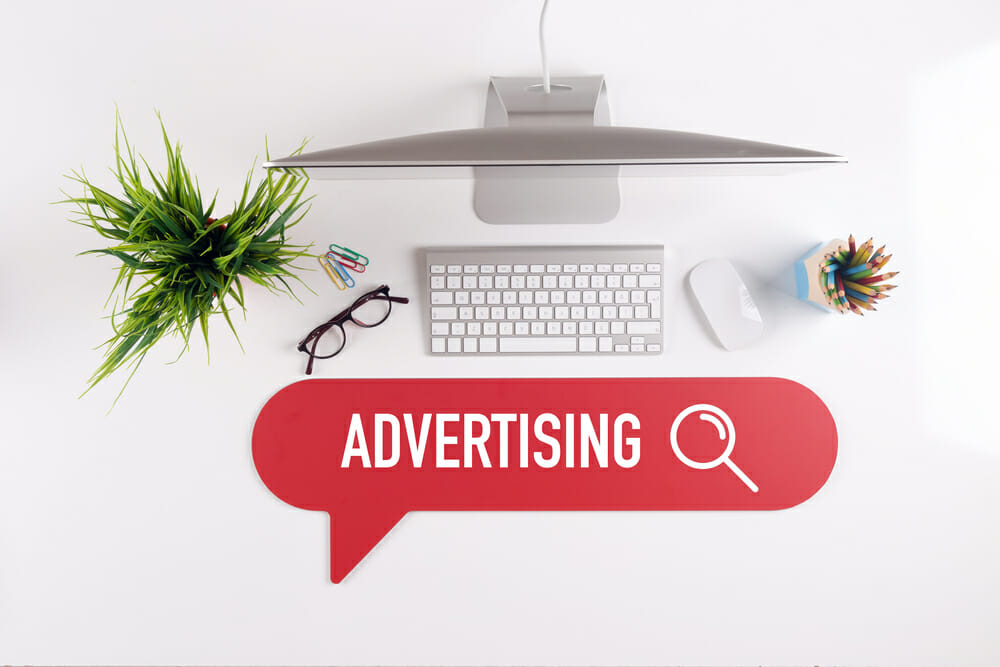We’d like to believe you’re a data-driven search marketer who wants to maintain decent control of your major advertising assets like ad copy and keywords. In this case, you are most likely disoriented by the direction of the search advertising platforms, especially Google. Since the 30th of June 2022, Google has stopped allowing the editing or creation of expanded text ads, which leaves you with only one option, which is responsive search ads.
In 2021, something similar happened with regard to broad match modified keywords. These whole things show that this industry is heading towards more optimization that is driven by machine learning, with lesser chances of manual control. The unveiling of performance max campaigns makes this more obvious. This presents new challenges and opportunities to face. In what way can you make sure that you have as efficient ads as possible since Google now has more and more flexibility on what you’re to deliver?
Machine Learning Optimization
We believe the algorithm is a massive calculator that’s able to process a lot of info in just some seconds. What you need to take note of here is “a lot of info” or data. One easy trap you can fall into is not feeding your algorithm enough info that it can work with. When it comes to Google Ads, we should look at it at a level, which is the ad group level, that can be used in determining whether we’re collecting enough data. Your keywords function at the level and responsive search ad, which is why we look up the ad groups.
What you also want to do is to be careful when it comes to over-segmenting your ad groups, as this can cause your responsive search to not receive enough clicks and impressions to optimize efficiently. When you’ve got four descriptions and fifteen headlines, that represents quite a lot of possibilities for testing, and for your ad to work well, Google must reach statistical significance. If you want to illustrate this issue with limited data, you can always refer to whatever happens anytime you create a new account on the platform.
What if you’d still like to segment your campaign?
Then, the question now is, do you actually need to? Or are you tied to a particular method that you feel you can’t get away from? If your answer is that, for example, you need an ad copy control, which isn’t rare and is fair, then you need to ensure that there’s enough data for each of your ad groups to work with. That’s true for conversions, clicks, and impressions, although you can decide to commit to an actual number like 10,000 monthly in any ad group. You can still have several ad groups, but you should always remember that they’ll need data to stay healthy and survive.
Conclusion
Without any doubt, automated Optimizations aren’t leaving. Computers are becoming better and faster at calculating; that’s why it’s natural that search ad platforms will continue implementing optimizations and campaign types driven by machine learning. Consumers really want privacy more than ever before, and that means advertisers will also see fewer data. Having an understanding of how you can navigate the new search ad era with lesser data and more leverage for computers is key when it comes to driving success.




